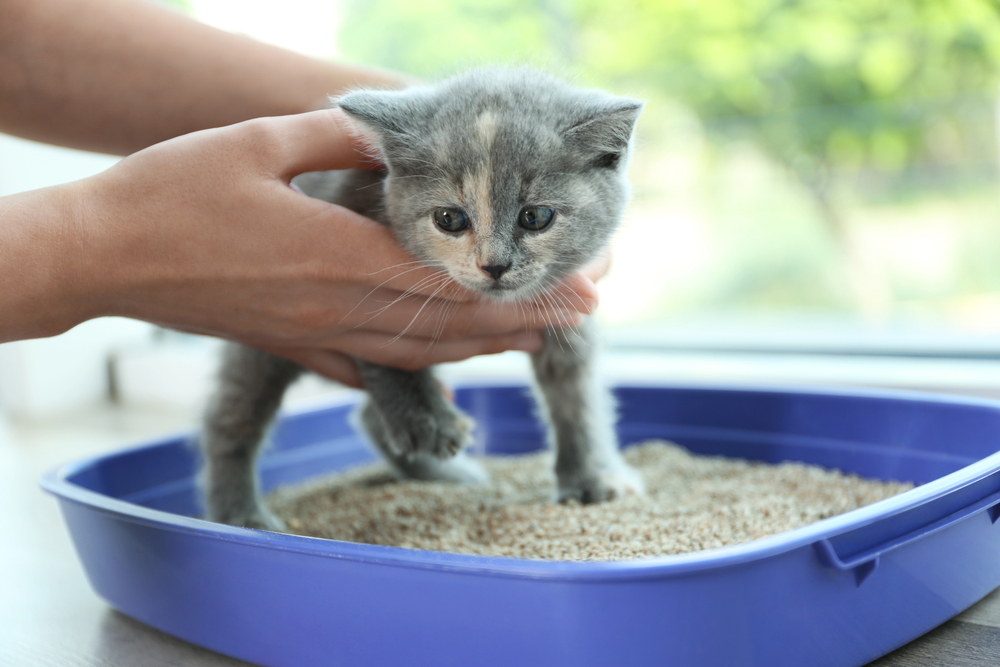
From crate training to litter box basics, discover how to guide your new pet through the house-training process with less stress and more success.
Read Time: 4 minutes
Bringing a new puppy or kitten home is a heartwarming experience, but it also comes with a few messy realities—house-training being one of the first. Whether your new companion is learning to bark or purr, establishing good bathroom habits early helps create a clean, comfortable home for everyone.
Establishing a Routine That Works for You
One of the most important aspects of house-training is creating a routine that fits your lifestyle and supports your pet’s learning. Puppies and kittens thrive on predictability, so the more consistent you can be with feeding times, bathroom breaks, and quiet periods, the faster they’ll catch on. Try to feed your pet at the same time(s) each day and monitor their behavior afterward—they’ll usually need to eliminate within 15 to 30 minutes after a meal.
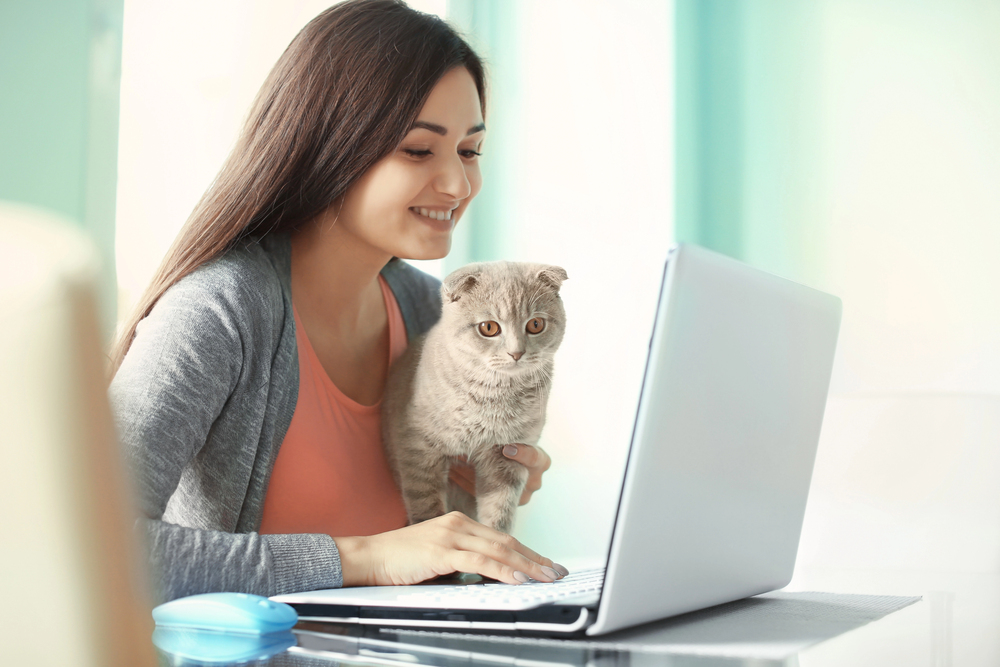
In addition to keeping track of when your pet needs to go, pay attention to how they behave right before an accident. Do they sniff, circle, or scratch at the floor? Recognizing these signs can help you intervene and guide them to the proper spot before a mess occurs. Keeping a small training journal can be helpful in the early stages, especially if more than one person in your household is involved in the process.
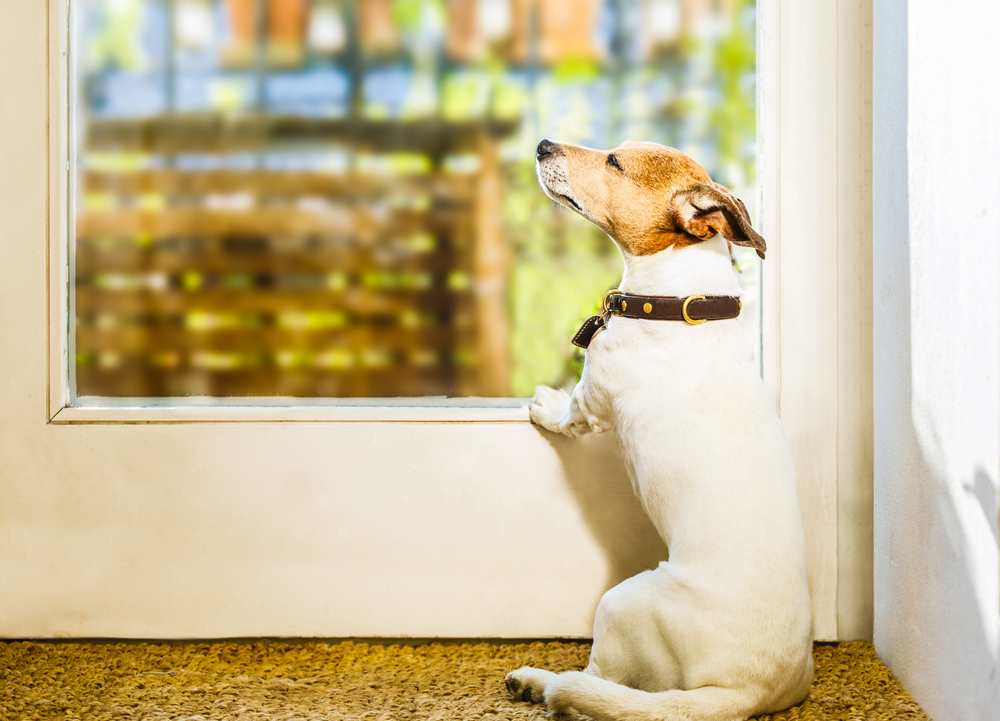
Setting Your Puppy’s Routine
Puppies are eager to learn, but they rely on you to teach them when and where it’s appropriate to relieve themselves. A consistent schedule is key. Most puppies need to go outside first thing in the morning, after meals, after naps, and right before bed. You’ll also want to take them out every couple of hours during the day while they’re still learning.
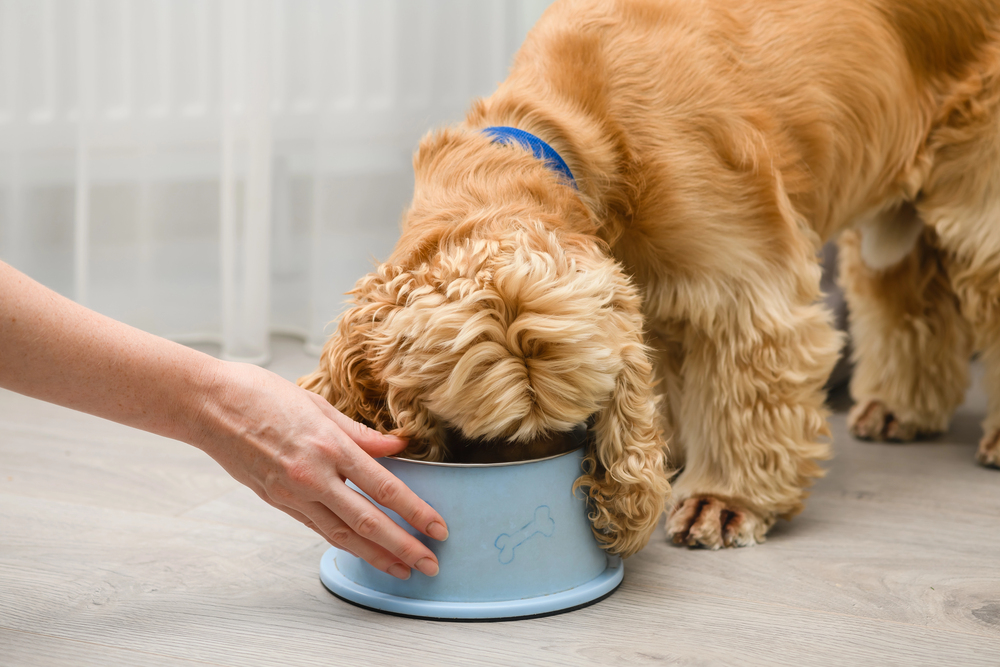
Why Routine and Positive Reinforcement Matter
Designating a specific potty spot in your yard helps your puppy associate that location with going to the bathroom. And when they do go in the right place, don’t hesitate to celebrate with praise and a treat—positive reinforcement is incredibly powerful at this stage. If your puppy is indoors and you can’t watch them closely, crate training can be a helpful way to prevent accidents and teach bladder control.
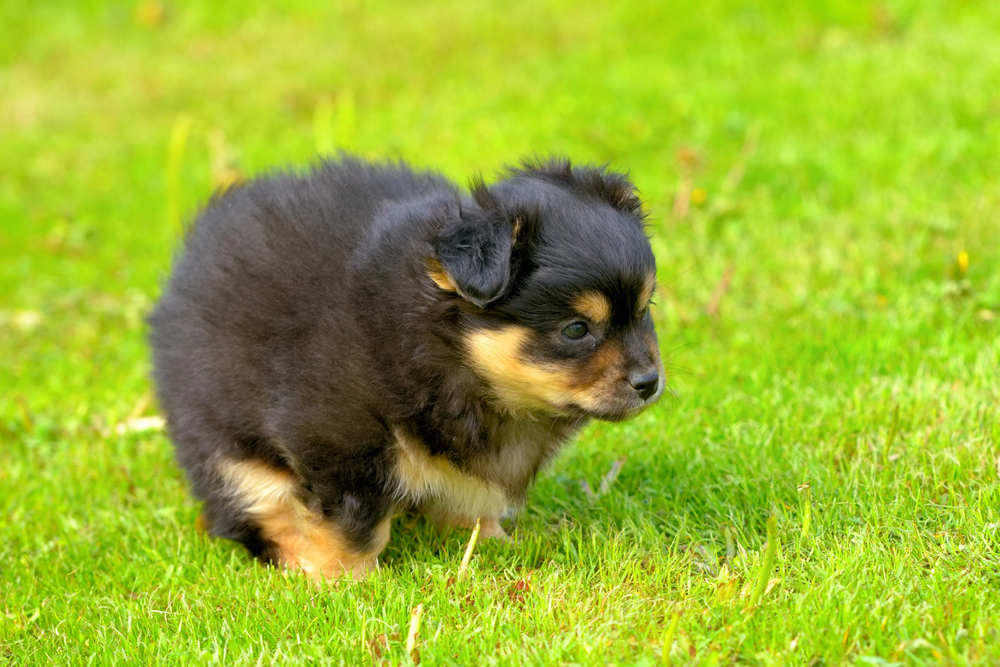
Additional Tips
Patience is your greatest tool. Accidents are bound to happen, and they’re not a sign of failure. Instead of punishing your puppy, focus on cleaning the area thoroughly to eliminate scent cues and reinforcing the routine you’ve established.
Helping Your Kitten Learn the Litter Box
Unlike puppies, most kittens instinctively use a litter box, especially if they’ve been raised in a clean environment. Your role is to make sure the setup is right. Choose a shallow litter box that’s easy for your kitten to access, and place it in a quiet, low-traffic part of the house.
After meals or naps, gently guide your kitten to the litter box and allow them to explore. Unscented clumping litter is typically the best choice, as strong fragrances can deter some kittens. Daily scooping and regular cleaning go a long way toward encouraging repeat use.
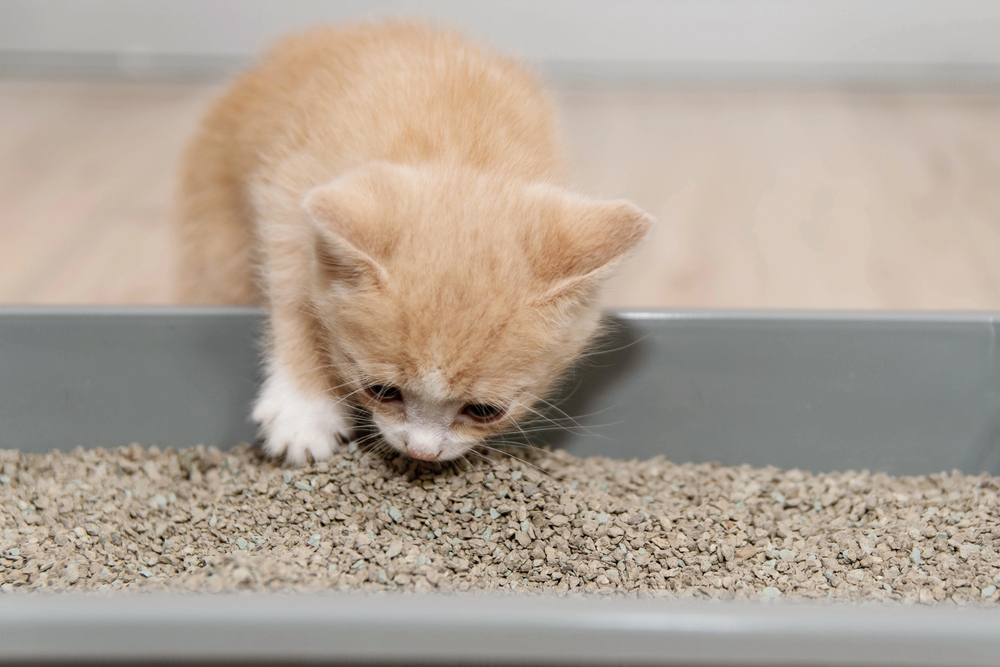
Additional Tips
If your kitten avoids the box, rule out stressors like a loud environment or difficulty accessing the box. Sometimes, simply adjusting the location or type of litter can resolve the issue.
Need help getting your puppy or kitten on the right track? The team at Windermere Veterinary Services is here to support you with personalized advice and care every step of the way.
What If Accidents Continue?
Sometimes, even with structure and praise, house-training issues persist. When that happens, it’s important to rule out underlying medical concerns. Urinary tract infections, gastrointestinal upset, or anxiety can all play a role in inconsistent bathroom habits.
At Windermere Veterinary Services, we’re happy to evaluate your puppy or kitten to ensure they’re healthy and offer expert guidance on adjusting your training strategy. We believe in a tailored approach—one that works for your unique household and pet.
Managing Nighttime and Absences
Nights and workdays can pose special challenges during the house-training phase. Puppies often need a bathroom break during the night, at least until they’re three or four months old. Keeping your puppy’s crate near your bed can help you respond quickly to any signs that they need to go out. A whimper, scratch, or restlessness may indicate it’s time to take a quick trip outside.
If you’re going to be away for several hours during the day, consider using a pet-safe enclosure or exercise pen with room for a bed, toys, and a pee pad. While pee pads aren’t a long-term solution, they can help bridge the gap between supervision periods and give your puppy or kitten a better chance at staying clean. Hiring a pet sitter or asking a neighbor to assist with midday breaks is another option that can support your training goals while you’re out of the house.
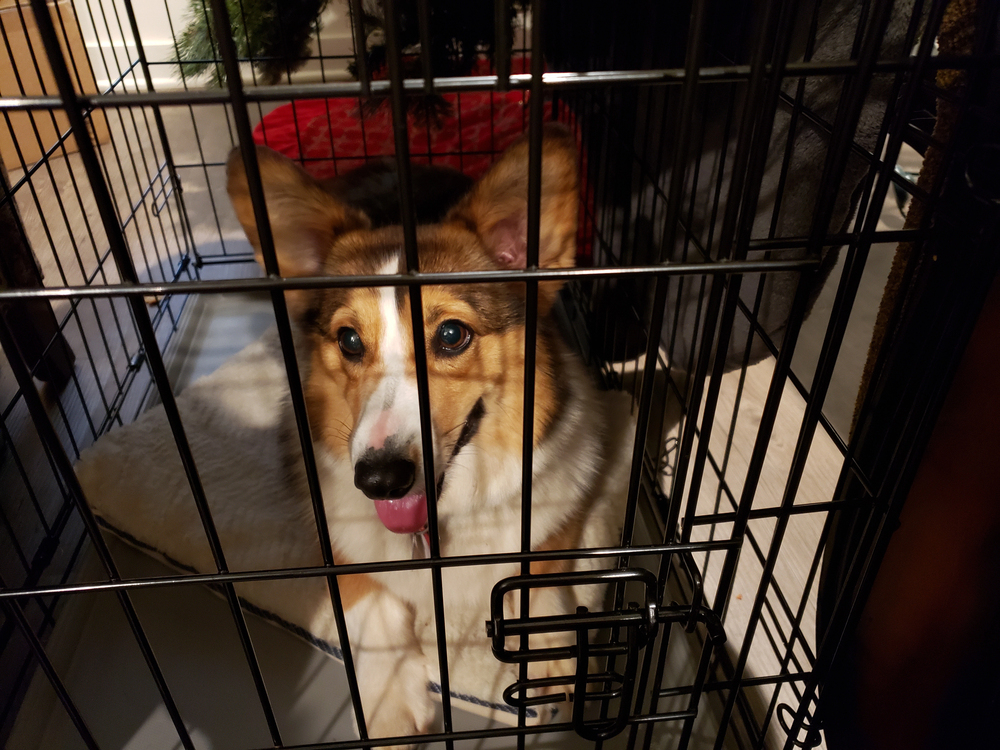
Celebrate the Small Wins
Every successful trip outside or to the litter box is a step forward. While setbacks can be frustrating, celebrating the wins, no matter how small, keeps your pet motivated and builds your confidence as a pet parent. Over time, these small victories become habits, and your pet will learn to look to you for praise and direction.
Remember, the goal isn’t perfection overnight. It’s about progress, patience, and creating a safe and encouraging environment for your new best friend to thrive. The early effort you invest now lays the foundation for years of companionship built on trust and understanding.
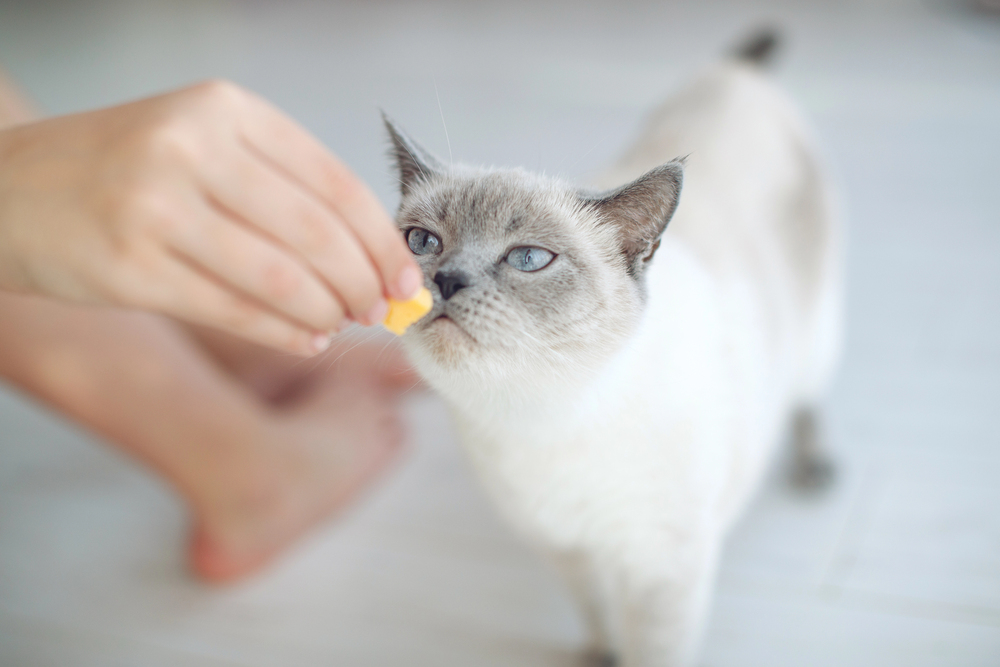
Growing Together With Confidence
Successfully house-training your pet is more than a milestone—it’s a bonding experience built on communication and trust. With consistency, encouragement, and a little help when needed, your puppy or kitten will learn the ropes and settle comfortably into your home.
Have questions or want to schedule a visit? Call us at (407) 217-7635 or visit Windermere Veterinary Services to get started today.

